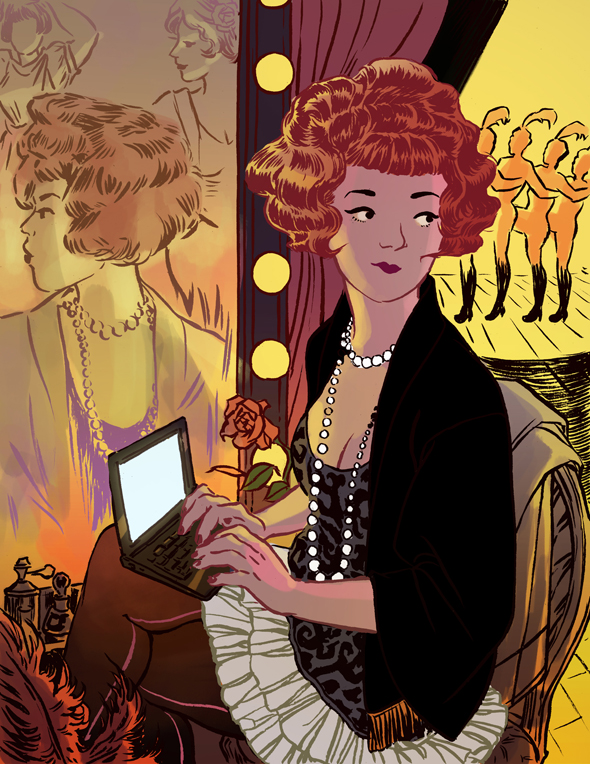
May 5 marks the 150th anniversary of the birth of Elizabeth Jane Cochran, better known as undercover journalist Nellie Bly. The most celebrated of the “girl stunt reporters,” who went undercover to bring readers close to stories, Bly caused a sensation when, in 1887, she feigned insanity to have herself committed to the Blackwell’s Island Insane Asylum, documenting the atrocious conditions inmates faced. The result, Ten Days in a Mad-House, spurred reform and made her an instant celebrity.
Bly also helped establish a tradition of stunt journalism that continues today. Sarah Kessler waded into the gig economy for Fast Company‘s May 2014 issue, after hearing about how companies like TaskRabbit and Postmates would revolutionize labor by letting people work for themselves on a task-by-task basis. “I never ran across anybody who had actually made money doing this in my normal life. It was all people who had made headlines doing these things,” she said, “and I was curious about what the typical experience was.” So Kessler became a “micro-entrepreneur” for a month. She ended up spending more time struggling to get tasks, like helping someone organize their mail, than she did actually working. Her article struck a chord with readers, who emailed her with similar experiences.
While Bly once labored in a box factory, Mac McClelland worked in a warehouse for a Mother Jones exposé on fulfillment centers. McClelland had had various labor jobs over the years and didn’t balk at the idea of a grueling workday spent racing to assemble customers’ orders. Although she could have simply interviewed warehouse workers, she decided otherwise. “My editors had the sense that I would get so much more detail if I was actually [on the] inside myself,” she said. Her editors were right; the resulting story was nominated for a 2013 National Magazine Award.
Back when Bly began reporting for the New York World, mass circulation papers were beginning to take off across the United States, and stunt journalism became a massive draw. She had a knack for choosing attention-grabbing subjects–like posing as a chorus girl to explain why young women went on the stage–that also showed “a desire to serve the underserved,” says New York University journalism professor Brooke Kroeger. “There was something in her personal style that was kind of coy and flirty and outrageous, all at the same time . . . . She attracted readers. It’s almost like she was linkbait for the Victorian era.”
The same can be true of immersive journalism today. “There’s something compelling about narrative used to describe situations that are outside of your normal realm, that take you into worlds that are closed,” Kroeger says.

